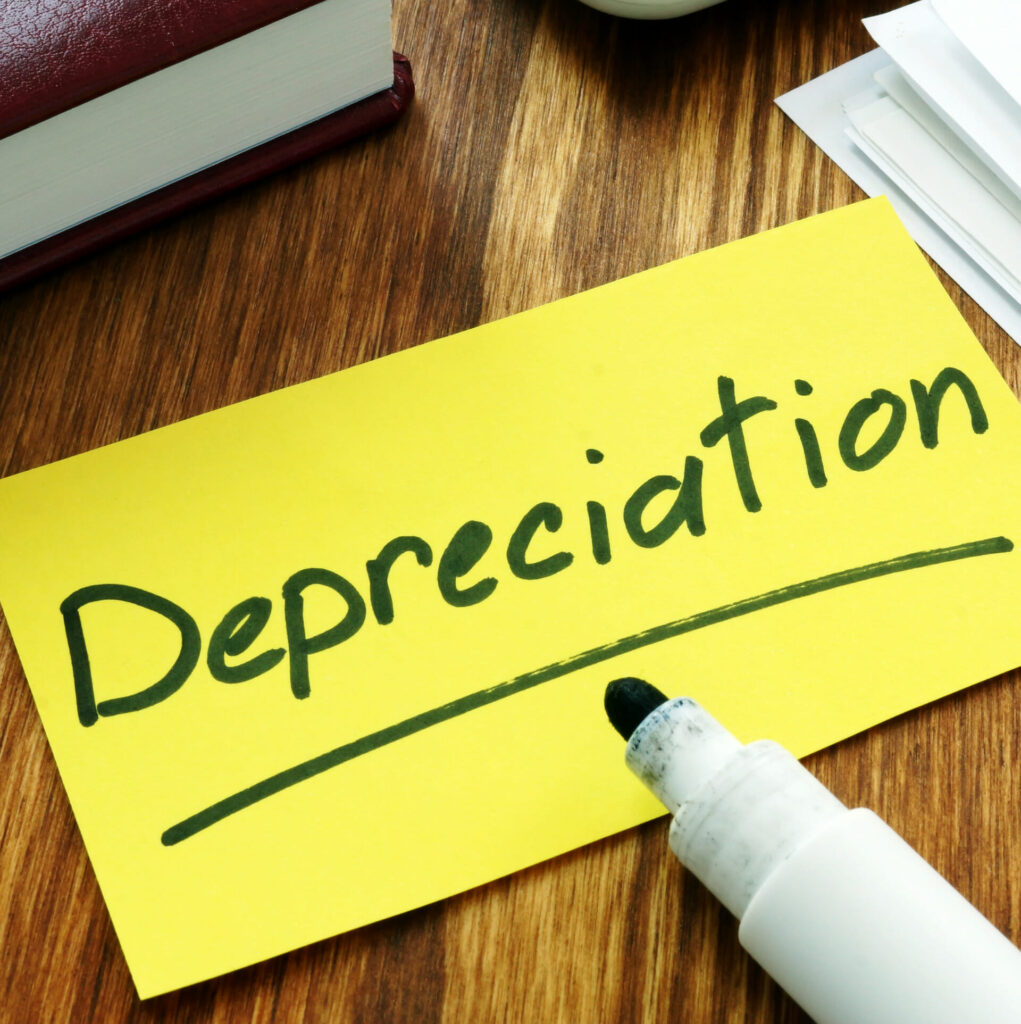You just purchased a new asset for your business; wouldn’t it be wonderful if you never had to worry about it again? That piece of equipment or machinery never needed maintenance and never needed replacing ever again.
Unfortunately, this isn’t the reality, and organizations need to track accumulated depreciation to ensure operations continue to run smoothly.
Accumulated depreciation is not to be confused with regular depreciation. However, the only difference lies in the fact that depreciation appears as an expense on the income statement, and accumulated depreciation is reported on the balance sheet.
This article defines what accumulated depreciation is, how it is calculated and recorded, and the importance of keeping track of this vital piece of accounting.
Definition
Accumulated depreciation is the total depreciation of a fixed asset since it was placed in service. For every asset a business has in use, there are two numbers associated: the cost basis and accumulated depreciation.
Cost basis or historical cost is how much the equipment or machinery originally cost. This number is documented and verified via the purchase receipt. Accumulated depreciation is how much value this asset has lost and now reduces the value of the asset on your balance sheet. This special type of account that impacts assets by reducing their value is called a “contra-asset” account.
The purpose of tracking the accumulated depreciation is to spread the total cost of an asset over its useful life or for as long as the asset is used by the business. Since each asset loses value each year and that loss is treated as an expense, depreciation also affects net income.
Two Calculation Methods
Depreciation can be calculated on a monthly basis in two different ways. Either straight-line method or declining balance method is recognized by the IRS. A business needs to calculate the depreciation of every asset each month over the course of three to twenty years.
Straight Line Method – This method depreciates your property at an equal amount each year over the product lifespan. Straight line depreciation is used when there’s no pattern to how the asset is used over time. This method is the most straightforward method of calculating depreciation.

Declining Method – The declining depreciation method is a system of recording larger expenses during the earlier years of an asset’s life and then smaller amounts during its later years. This method is based on the assumption that the piece of equipment such as a laptop will depreciate more quickly in the first few years versus at year 10.

There are two commonly used forms of the declining balance method: the 150% declining method, and the double-declining method.
◦ The depreciation factor under the 150% declining method is 150% or 1.5.
◦ Under the double-declining method, the depreciation factor is 200% or 2.
Examples
A small board game company called RealBlox needs to purchase an asset such as a cardboard printer to create board games on a commercial scale. This asset will cost $120,000 and is expected to last for 10 years, then, at the end of its life lifecycle, it will sell for around $2,000.
Using straight line depreciation, our formula will look like this:

RealBlox will need to recognize a yearly depreciation expense of $11,800.
Shane is setting up his own power washing business and needs to buy equipment totaling $50,000. He expects the assets to last 4 years but doesn’t expect any salvage value after this point.
If we use the 150% declining depreciation method our formula will look like this:

After the first year, Shane will need to recognize a depreciation expense of $18,750 or $1,562.50 per month if the accounting periods are monthly.
For year two, Shane will need to subtract the $18,750 from the historical price of $50,000. Therefore, his beginning book value for Year 2 will be $31,250, and repeat the equation for each year.
Importance of Accumulated Depreciation
Businesses track accumulated depreciation for each asset on the balance sheet. Each period, the depreciation expense increases accumulated depreciation and reduces the value of the asset over its lifecycle.
When a company sees a number of critical assets on its balance sheet with high accumulated depreciation, that’s a good indicator that replacement may be required soon.
For outside companies considering the purchase of a company with many pieces of critical equipment, a list that includes assets along with their accumulated depreciation is necessary to avoid surprises due to failing equipment or overpaying, thinking assets have many years of functional life left.
How FINSYNC Can Help
FINSYNC allows you to run your business on One Platform. You can send and receive payments, process payroll, automate accounting, and manage cash flow. To learn more about how we can help your business start, scale, and succeed, contact us today.
